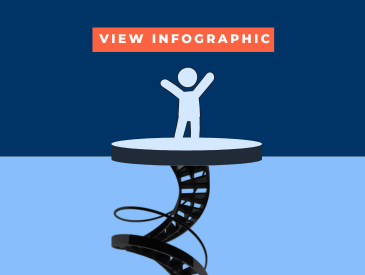by W. Lewis Johnson, Ph.D.
Imagine that you are in charge of promoting diversity within your organization. You promptly start recruiting people with diverse backgrounds, and initially achieve some success. But not long after you see morale problems. New employees don’t feel welcome, and quit. Established employees feel that their talents and abilities are no longer valued, and so they quit too. Complaints of harassment and unfair treatment increase.
 These problems arise when employees don’t have the skills necessary to work effectively with people of diverse backgrounds. They bring work habits and expectations to the workplace and jump to negative conclusions about people whose behavior does not match those expectations. Diversity brings change, and people sometimes have difficulty adjusting to change.
These problems arise when employees don’t have the skills necessary to work effectively with people of diverse backgrounds. They bring work habits and expectations to the workplace and jump to negative conclusions about people whose behavior does not match those expectations. Diversity brings change, and people sometimes have difficulty adjusting to change.
To ensure that a diversity program is successful, it is not enough to provide employees with training about the legal and regulatory aspects of workplace diversity. Organizations must ensure employees have the competencies they need to succeed in a diverse work environment.
The solution happens to be rather straightforward to understand: Help workers across generations, cultures, mindsets and organizational levels develop effective communication and collaboration skills. One particular set of skills is perspective taking, which anthropologists note is critical for promoting understanding between people with different cultural backgrounds and communicative styles. In an earlier blog post, I discussed how perspective-taking skills are important for multi-generational workforces. In fact, perspective-taking is essential for any organization that is attempting to promote diversity and not just generational diversity. Diversity programs should, therefore, include workforce training that promotes perspective-taking skills.
Perspective-taking is the ability to understand a situation from the perspective of another person. It is related to emotional intelligence but in some ways is more useful. Emotional intelligence might help you recognize that an employee is frustrated and upset. Perspective-taking can help you understand why that employee is upset or, even better, avoid taking actions that can cause upset in the first place.
To see how to consider the cross-cultural dynamics that occur when new employees join an organization. Each organization has its own culture, and established employees are the ingroup of that culture. New employees are in the outgroup, and to integrate into the organization they must bridge the cultural gap between the ingroup and the outgroup. If they come from diverse backgrounds the gap can be even wider.
Anthropologists tell us that there is potential for misunderstanding whenever one culture encounters another. People have a natural tendency to jump to negative conclusions when other people behave in ways that they do not expect. Perspective-taking skills help avoid and overcome these misunderstandings. They help established employees avoid jumping to negative conclusions about new employees and be open to new opportunities that a diverse workforce brings. They also help workers become more aware of behavior that could be misinterpreted as condescending or even offensive, and help new employees feel accepted in the organization and able to offer their own unique contributions.
Developing perspective-taking skills confers additional benefits for an organization. Employees are better equipped to engage with a culturally diverse customer base, driving up sales and increasing customer satisfaction. The Millennial generation is the most culturally diverse ever, and so organizations that are open to diversity are better prepared to engage with this increasingly important generation, both as-as employees and as consumers.
A very good method to learn perspective taking is with role-play training that enables employees to view and experience situations from differing perspectives. Computer simulations are ideal for this purpose because they let workers explore a variety of workplace interactions everyone’s perspective without fear of embarrassment or negative consequences. Learn more about Alelo’s upskilling and reskilling solutions and how they can apply to Diversity, Equity, and Inclusion.


